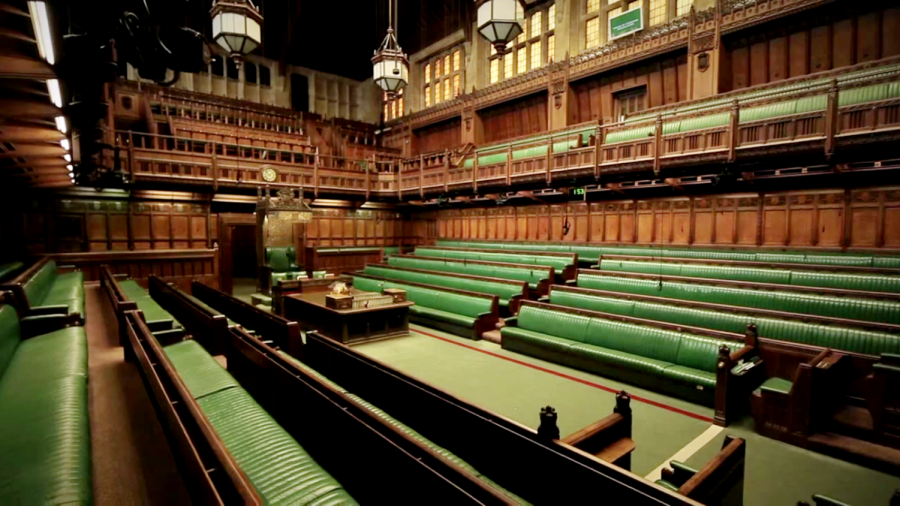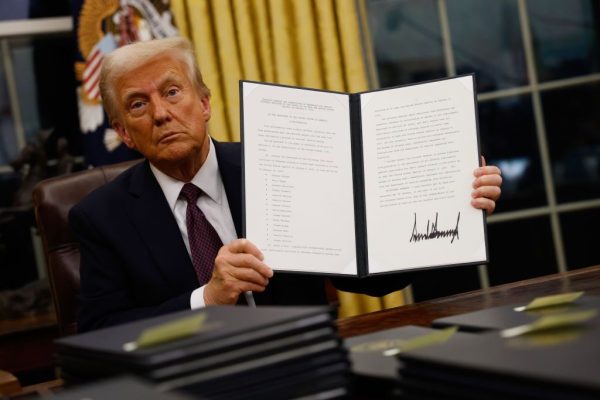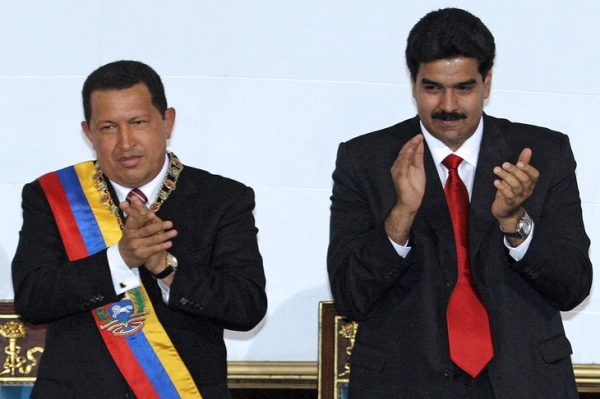Chaos continues in the United Kingdom as the country struggles to resolve Brexit
Pictured are the benches of the House of Commons in Westminster.
1. Why is the U.K. trying to leave the European Union?
The European Union is an economic and political partnership between 28 member states. In this partnership, many laws regarding trade and the flow of people and goods are standardized, meaning that rather than having to pass through customs every time one enters a different country, European Union citizens can cross into countries without restriction. This policy has implications on the trade relationships between member states; rather than having to negotiate separate trade deals with each European country, member states can conduct trade with other nations according to a common policy. This economic integration is furthered by the use of a standardized currency, the Euro, which many member states use, but the U.K. does not.
After World War II, which resulted in financial ruin for Europe, a consensus was made that Europe should take great precaution to avoid such a disaster from occurring again. The general goal of the European Union was, and still is, to discourage war between European countries by interconnecting them to the point where an attack on a neighboring state would be devastating to the attacker.
While no one in Europe wants another World War II, there have always been those who oppose the connections associated with the European Union. Dubbed “Eurosceptics,” this group has crafted the narrative of “Superfluous E.U. Bureaucracy” which they believe hurts member states in the long run. Many Eurosceptics point to the Greek Financial crisis of the 2010s, which highlighted many of the Union’s major weaknesses (Pew Research Center). Germany, a wealthy country, and Greece, a much more impoverished country, both used the Euro, which is worth the same everywhere. Because of this disparity between economies using a currency valued the same, the Greek economy fell into chaos during fluctuations triggered by the Great Recession of 2008 as it was unable to manipulate its currency to fit its specialized needs. In cases like these, Eurosceptics point to the standardization of the economy as the culprit in many of Europe’s financial troubles
2. How did Brexit begin?
The U.K. Conservative Party has always had a faction of Eurosceptics; however, it exerted its greatest influence on the pro-E.U. prime minister, David Cameron, when it convinced him to hold a nationwide vote to decide whether or not to leave the European Union. Cameron was pro-remain, and his government only agreed to a referendum because it wanted to please Eurosceptic Conservative party members, not because they expected that the “Brexiters” would actually win. In fact, even Boris Johnson, who spearheaded the Brexit movement, was opportunistic in his decision. Prior to the day he announced his support for the referendum, he wrote two statements – one saying that he backed it and another saying he didn’t. Many British expected that the referendum’s result would be “remain,” and because of this, many did not vote. The turnout for the referendum was 72 percent (Electoral Commission). After the referendum result announcement, the government was in shock. Prime Minister David Cameron, whose “Bremain” campaign had failed, resigned as global markets dipped. The U.K., and the world were left utterly unsure of what would happen next.
3. Why has the United Kingdom been unable to leave the European Union for the past three years?
Following the referendum result and Cameron’s resignation, Theresa May, who had been Cameron’s Home Secretary, assumed the premiership. May, who had been a “Bremainer”, attempted to integrate Brexiters into her government, one of whom was Boris Johnson who became Foreign Secretary. After formally beginning the process of Brexit by enacting a stipulation of the E.U. treaty in spring 2017, May’s plans for a smooth Brexit were hindered when she called a general election in the summer causing her to lose her majority in parliament (B.B.C.). With the Conservative majority in the house left in tatters, May’s path to Brexit became much more cloudy.
After months of heated negotiating in Brussels, May’s government drafted a deal to which the E.U. agreed. All they had to do now was get the deal approved by the House of Commons (one of the two houses of Parliament). In the winter of 2018, May delayed the vote on the deal, since she thought it would be defeated. After surviving an unsuccessful leadership challenge over the holiday break, May decided to hold a vote on her E.U.-approved deal in late January 2019. Surely, she thought, the long wait would dilute the opposition enough for the deal to pass. But she thought wrong. May, who had only served as Prime Minister for less than three years up to that time, suffered an unprecedented defeat in the House of Commons. With the failure of her deal apparent after several more blunders, May extended the deadline for Brexit to Halloween of 2019. After more months of turmoil and deadlock, Theresa May announced her resignation in front of No. Ten Downing Street while holding back tears. May had been worn down by the nightmare that is Brexit (The New York Times).
After May’s resignation, it was very clear who would take her place: Boris Johnson. Johnson, by now a recurring Brexit character, had been May’s foreign secretary until he resigned in protest of one of her many plans. Johnson, who had served as the Mayor of London years earlier, had cultivated an unkempt and impulsive image. Johnson became Prime Minister only four months ago, but he has somehow created controversy greater than what May managed in her three years. Johnson’s decision to suspend parliament, revoked by the Supreme Court in late September, has brought political polarization to a new extreme.
Following a failed October 31st deadline (despite Boris Johnson’s adamant use of the phrase “no ifs, ands, or buts”), Brexit is still embroiled in uncertainty. With the question of the Irish backstop unanswered, the E.U. left estranged in Brussels at the negotiating table, and the public awaiting a general election in December, political polarization continues in the United Kingdom, and the nightmare of Brexit has no end in sight.












